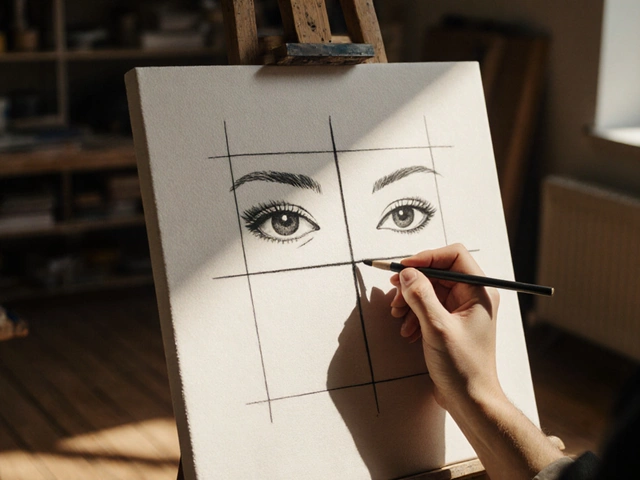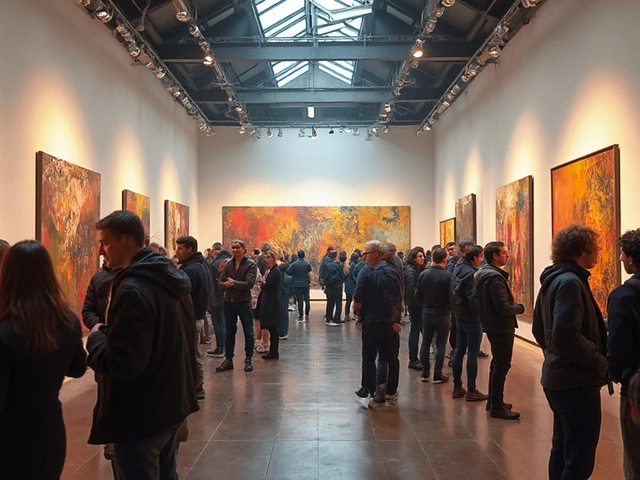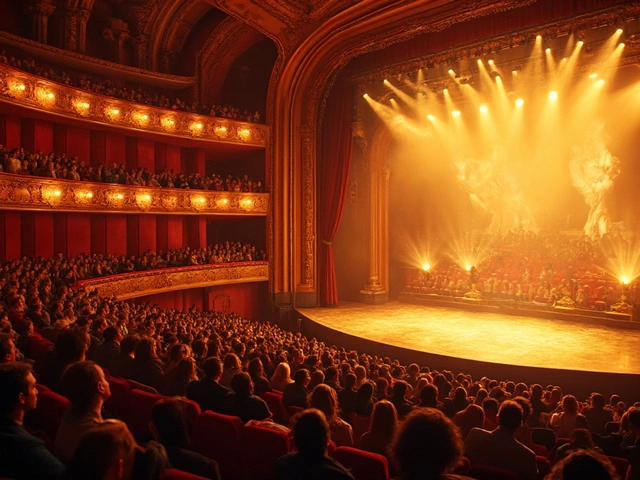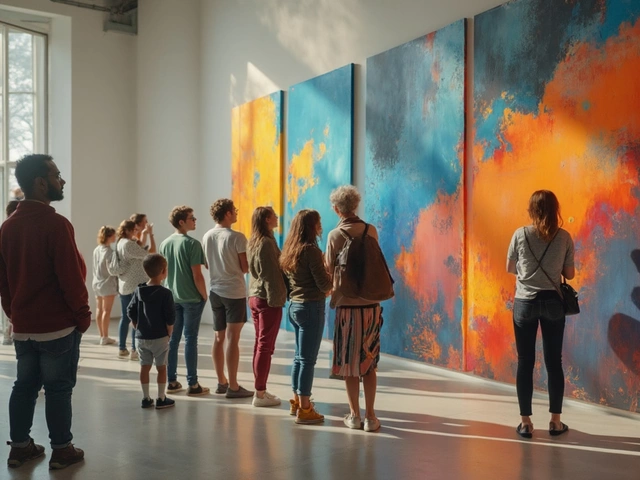Public Art
When exploring public art, artworks placed in open, shared spaces for everyone to experience. Also known as community art, it turns streets, parks, and buildings into living galleries. In Pembrokeshire, the coastline and town squares become canvases for local talent and visiting creators. Public art isn’t just decoration; it’s a conversation between artists, residents, and the environment. It asks questions like: Who owns a view? How can a bronze figure spark a story about the sea? By answering these, the pieces become part of daily life, not just something to stare at in a museum.
Key Forms That Shape Outdoor Spaces
One of the most visible branches of sculpture, three‑dimensional works that occupy public plazas, parks, or waterfronts. Public sculpture brings tactile depth to a town’s identity. A well‑placed bronze anchor can echo a fishing heritage, while a twisted steel installation might signal a modern shift. The relationship is clear: public art includes sculpture, and sculpture demands sturdy materials and thoughtful placement to survive the elements and the eyes of passersby.
Another popular format is mural, large‑scale paintings applied directly to walls or façades. Street mural adds color and narrative right where people walk. In coastal villages, murals often depict sea life, local legends, or seasonal festivals, turning an ordinary lane into a storytelling corridor. Public art also embraces installation art, site‑specific projects that may combine objects, light, sound, or interactive elements. Environmental installation encourages viewers to touch, move, or even contribute, making the community a co‑creator. These forms show that public art requires both artistic vision and community involvement, creating a feedback loop where each new piece inspires the next.
All these strands—sculpture, murals, installations—share a common thread: they rely on local support, funding, and permission. When a council approves a new piece, it’s not just backing an aesthetic choice; it’s endorsing cultural dialogue. That’s why many projects start with workshops, artist‑in‑residence programs, or public polls. The result is a landscape where art lives alongside daily routines, and where residents can point to a bench, a wall, or a light‑filled corner and say, “That’s ours.” Below, you’ll find guides, case studies, and practical tips that dive deeper into each type, show how artists monetize their work, and explain how you can get involved in Pembrokeshire’s thriving public art scene.
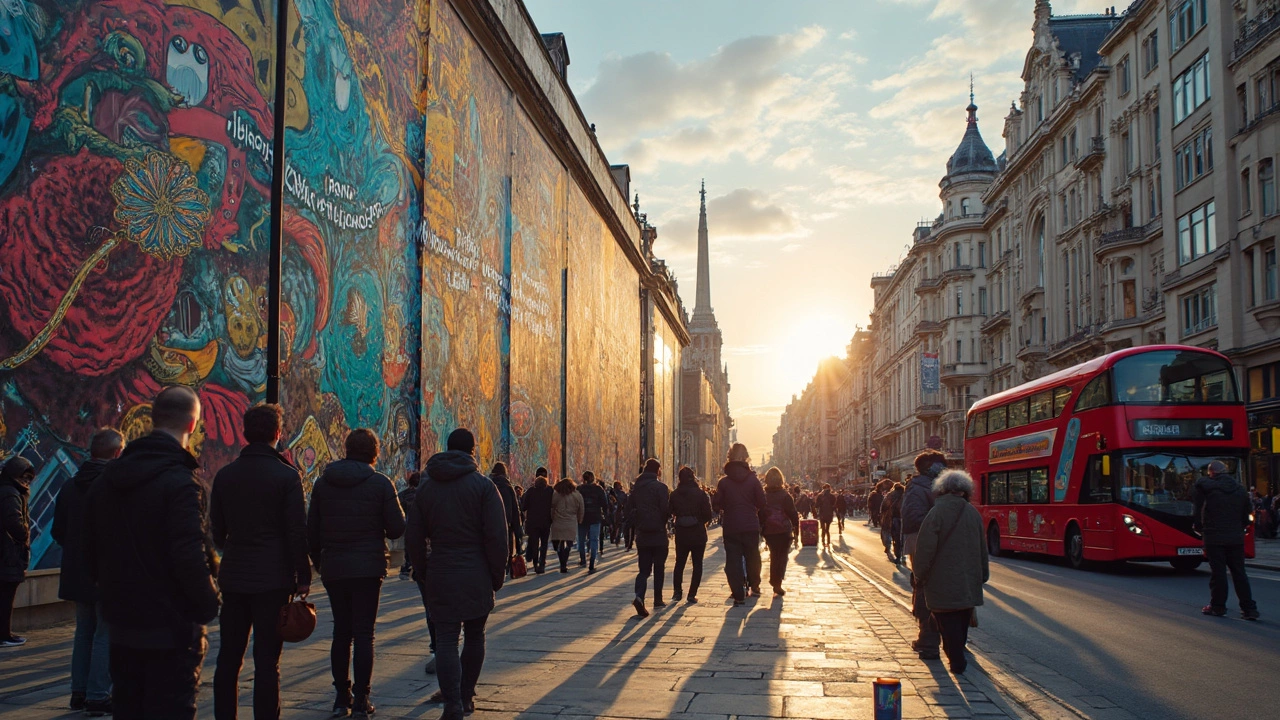
This article breaks down what street art really is, how it got started, and why it's way more than just spray paint on a wall. You'll find surprising facts about famous street artists and what sets street art apart from vandalism. Plus, you'll get tips on spotting the difference between legal murals and illegal graffiti. Perfect for anyone curious about why cities are covered in artwork, not ads.
